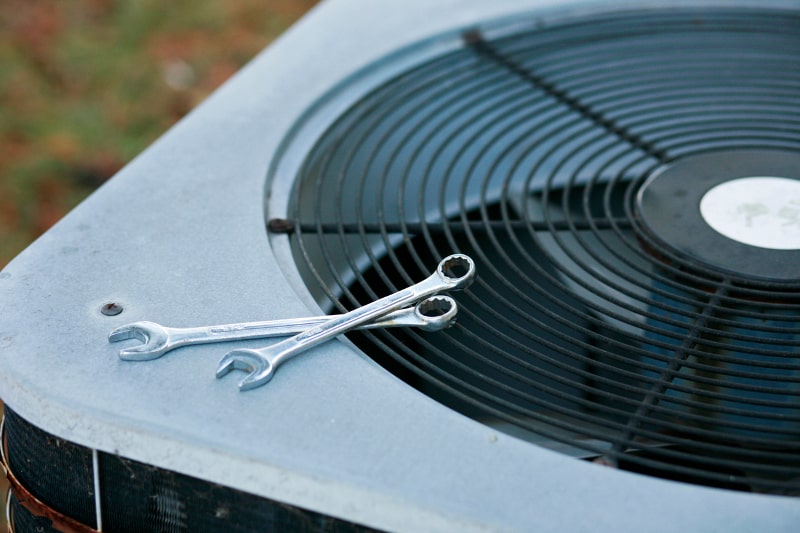Air conditioners are essential to staying comfortable in the warm weather of Orlando, FL. Unfortunately, over time and with repeated use, air conditioners can start to overheat and malfunction, leading to discomfort and the need for a costly repair. As a result, it is critical to understand what causes an air conditioner to overheat and when to call E.C. Waters for AC repair.
Incorrectly Sized Unit
An incorrectly sized unit makes the compressor work much harder than it should, leading to an overheated air conditioner. A unit that is too small will not be able to generate enough cool air, so the compressor needs to run for longer periods to maintain the desired room temperature. This causes increased strain on the motor, leading to wear and tear, and a higher energy bill due to extended run time.
Blocked Air Flow
When the airflow gets blocked, the hot air cannot escape, causing the system to struggle to cool down the room, which can lead to it eventually overheating. This is often due to debris, such as leaves or twigs, accumulated around the unit. It is critical to check and professionally repair these issues regularly to maintain proper airflow and avoid potential overheating.
Thermostat Issues
The thermostat is responsible for regulating the temperature in the house. When it malfunctions, it may result in ACs running longer than necessary or not cycling off at all.
As a result, the AC may get exposed to the extra strain and heat up quicker than normal. Common symptoms of thermostat problems include an inability to maintain temperature, inaccurate readings and strange noises when adjusting temperatures.
After considering all of the potential causes of an air conditioner overheating, it is clear that regular maintenance and inspections are essential to keeping your AC running at its best. Contact E.C. Waters and we will help you with any AC installation and maintenance needs. Our experienced technicians will be able to identify the cause of your AC overheating and help you find a solution, so you can enjoy cool and comfortable temperatures in your home.
Image provided by iStock





